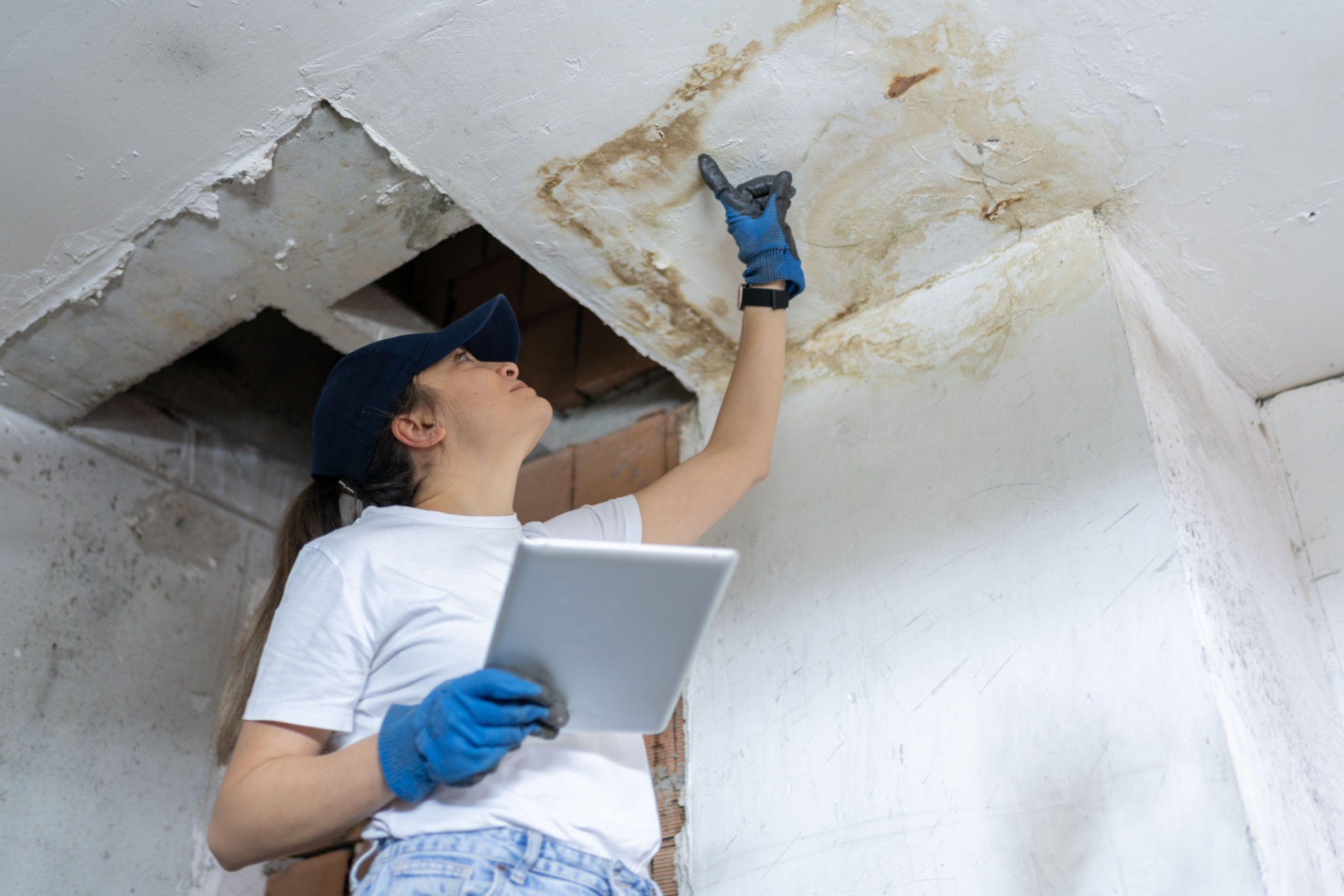How to Prepare Your Home for an Energy Assessment
Understanding the Importance of an Energy Assessment
Preparing your home for an energy assessment is an essential step toward enhancing energy efficiency. An energy assessment, also known as an energy audit, provides a comprehensive evaluation of your home's energy use, identifying areas where you can make improvements to save money and reduce environmental impact. Before the assessment begins, there are several steps you can take to ensure that the process is smooth and effective.
Gather Your Energy Bills
One of the first things you'll need to do is gather your past energy bills. Having access to at least a year's worth of utility statements will provide the energy assessor with valuable information about your home's energy consumption patterns. This data can help pinpoint areas that may require attention.

Prepare Your Home's Accessibility
Ensuring easy access to various parts of your home is crucial for a thorough energy assessment. Make sure that the assessor can easily reach your attic, basement, crawl spaces, and any other areas where insulation, ductwork, or other systems might be located. Clear any clutter or obstacles that could hinder their ability to inspect these areas thoroughly.
Check for Drafts and Leaks
Before the professional arrives, conduct a preliminary check for drafts and leaks in your home. Examine windows, doors, and other potential openings where air might be escaping or entering. Identifying these areas in advance can help you discuss potential solutions with the assessor and expedite the process.

Creating a Comfortable Environment for the Assessment
On the day of the energy assessment, ensure that your home environment is conducive to a productive evaluation. Keep pets secured and minimize distractions. Inform household members about the assessment to avoid any interruptions during the process.
Provide Information on Recent Upgrades
If you've recently made any energy-efficient upgrades, such as installing new windows or adding insulation, provide this information to the assessor. This context can help them better understand your home's current energy profile and offer more tailored recommendations.

Be Ready with Questions
Prepare a list of questions or concerns you have regarding your home's energy usage. This could include inquiries about specific problem areas you've noticed or general advice on improving efficiency. Engaging with the assessor can provide you with valuable insights and actionable steps to take following the assessment.
Post-Assessment Steps
Once the energy assessment is complete, you'll receive a detailed report outlining recommendations for energy-saving improvements. Prioritize these suggestions based on feasibility and cost-effectiveness. Implementing even a few changes can lead to significant savings over time.
Remember that an energy assessment is just the beginning of a journey toward a more sustainable and efficient home. Regularly reviewing energy usage and staying informed about new technologies can help you maintain an eco-friendly lifestyle while keeping utility costs in check.